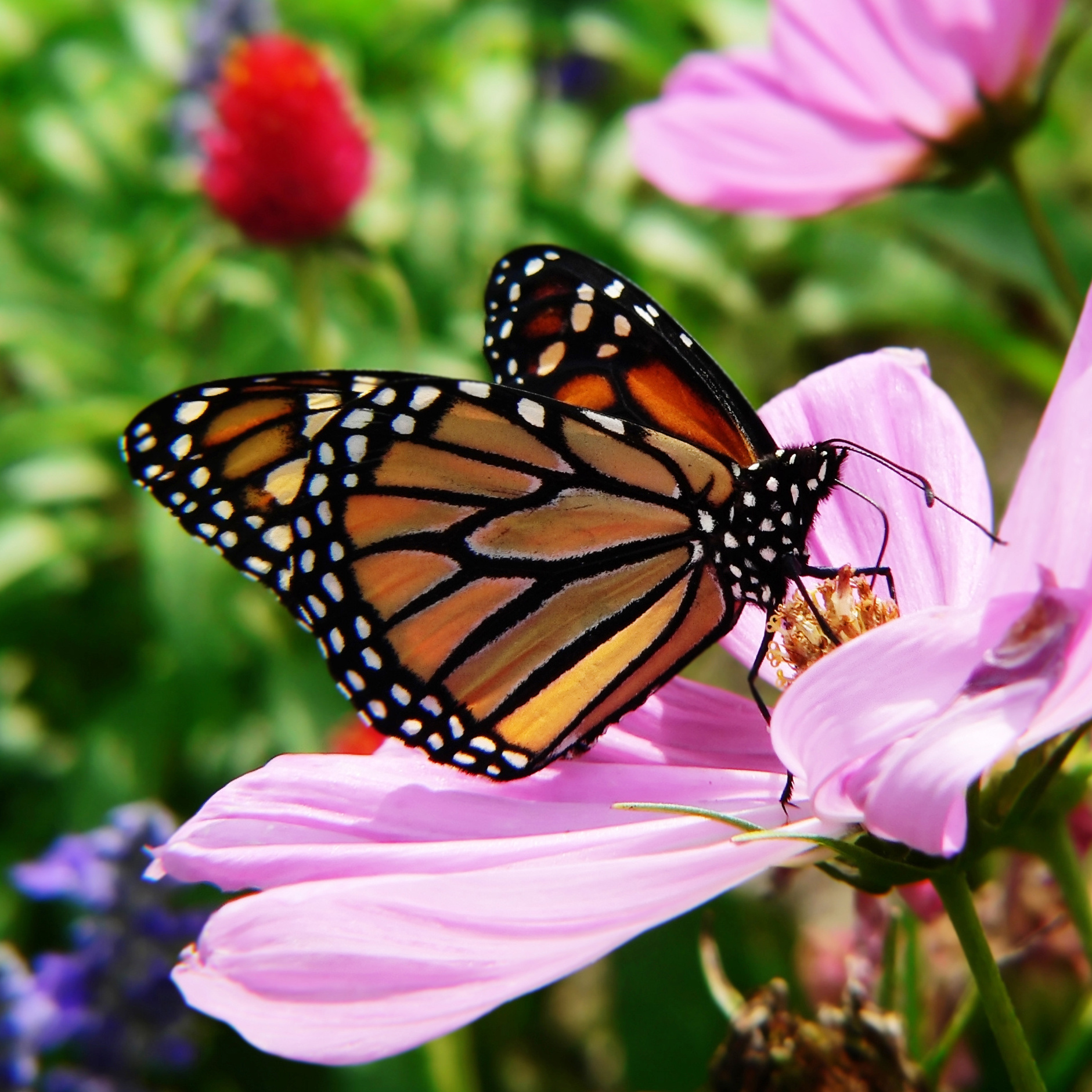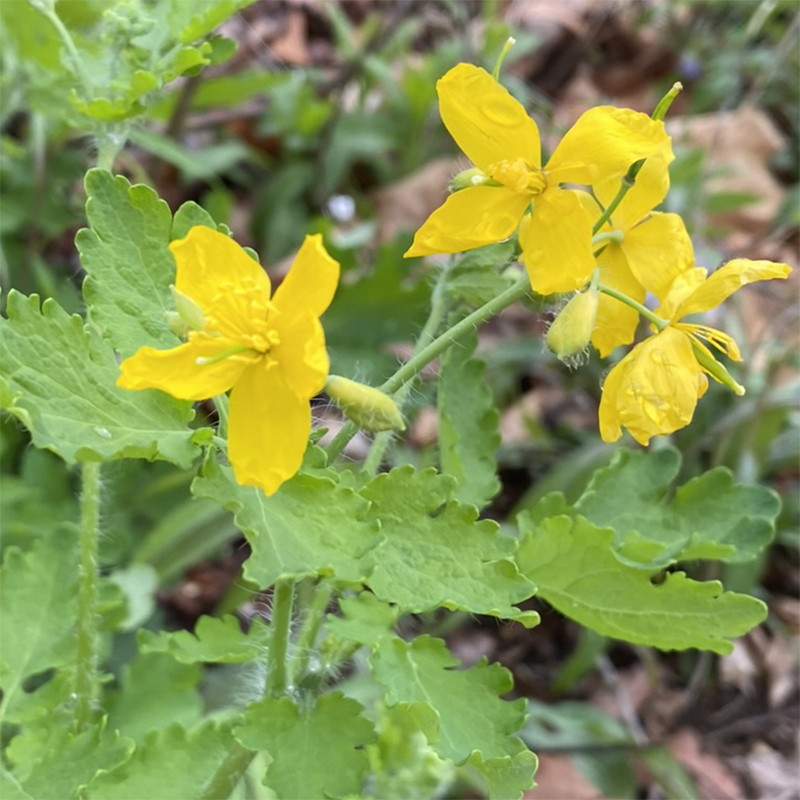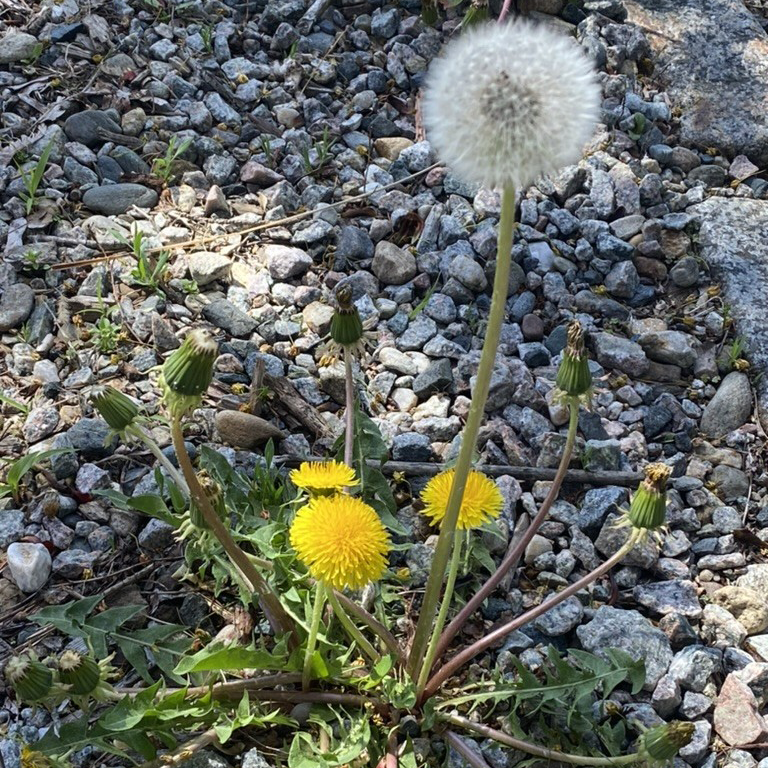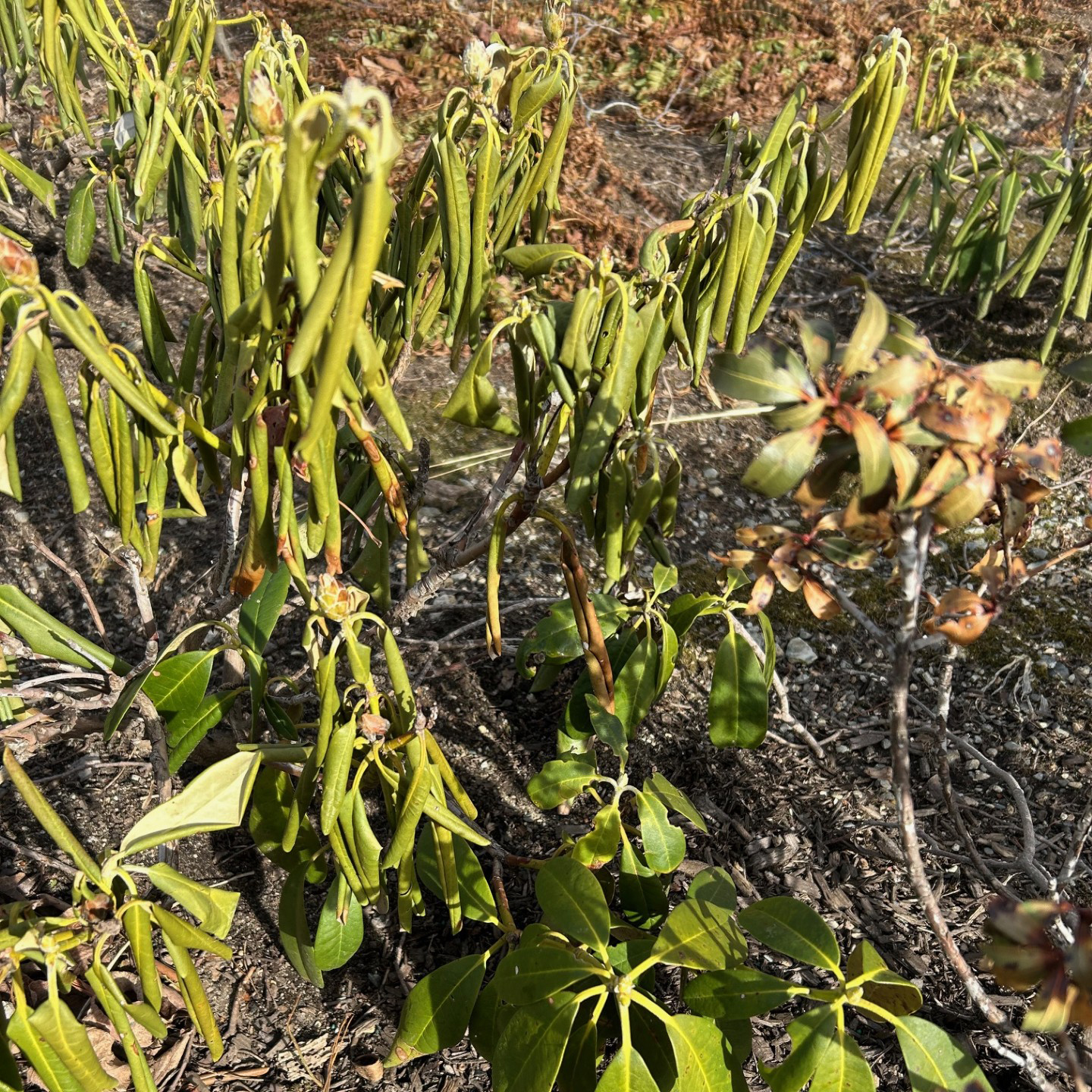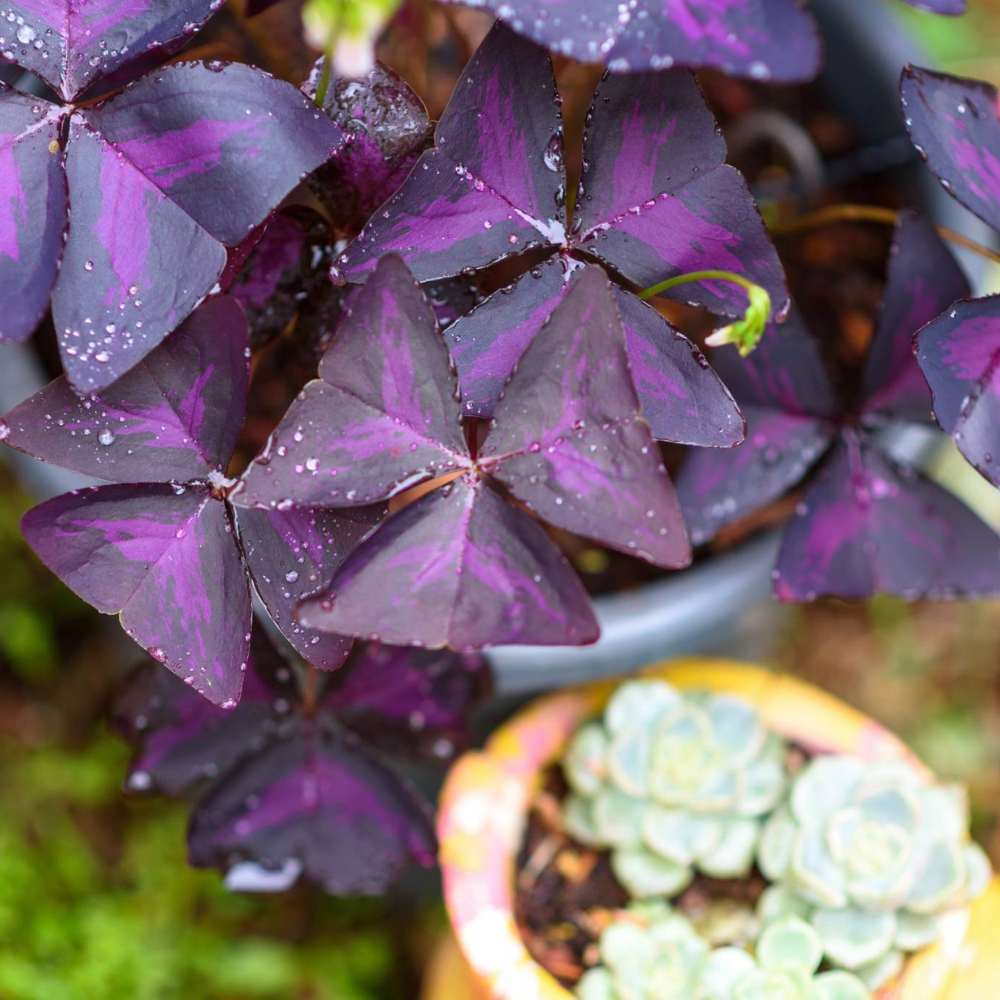
It’s been a tough year for all of us, so how about growing your own luck? While you are unlikely to find shamrock plants (Oxalis regnellii) outdoors in New England, you can certainly grow this symbol of St. Patrick’s Day indoors. The clover shaped leaves of this petite plant can be green or purple, and as an added bonus, the shamrock plant also produces delicate pink or white blooms intermittently through fall, winter and spring. Unlike most houseplants, the leaves of this plant fold up at night and reopen with the morning sun. In addition, the shamrock plant goes dormant during the summer months. This lucky houseplant is easy to grow and can bring luck to your home all year round.
St. Patrick used the shamrock to explain the Holy Trinity with the three leaves representing the Father, Son and Holy Spirit.
The word shamrock comes from the Gaelic word seamrog, meaning “little clover”. St. Patrick used the shamrock to explain the Holy Trinity with the three leaves representing the Father, Son and Holy Spirit. A fourth leaf is said to be lucky.
How to keep your lucky shamrock plant healthy:
- Bright light: too little light can result in a leggy plant.
- Water sparingly, allow soil to dry out between waterings.
- Fertilize every few months with a houseplant fertilizer
- When the leaves start to die back in late spring or early summer, plant is going into dormancy; place plant in a cool, dark location.
- While dormant, water infrequently, do not fertilize.
- Check dormant plant weekly for signs of growth and when new shoots start to appear, move back into the light and resume normal watering and fertilizing routines.


